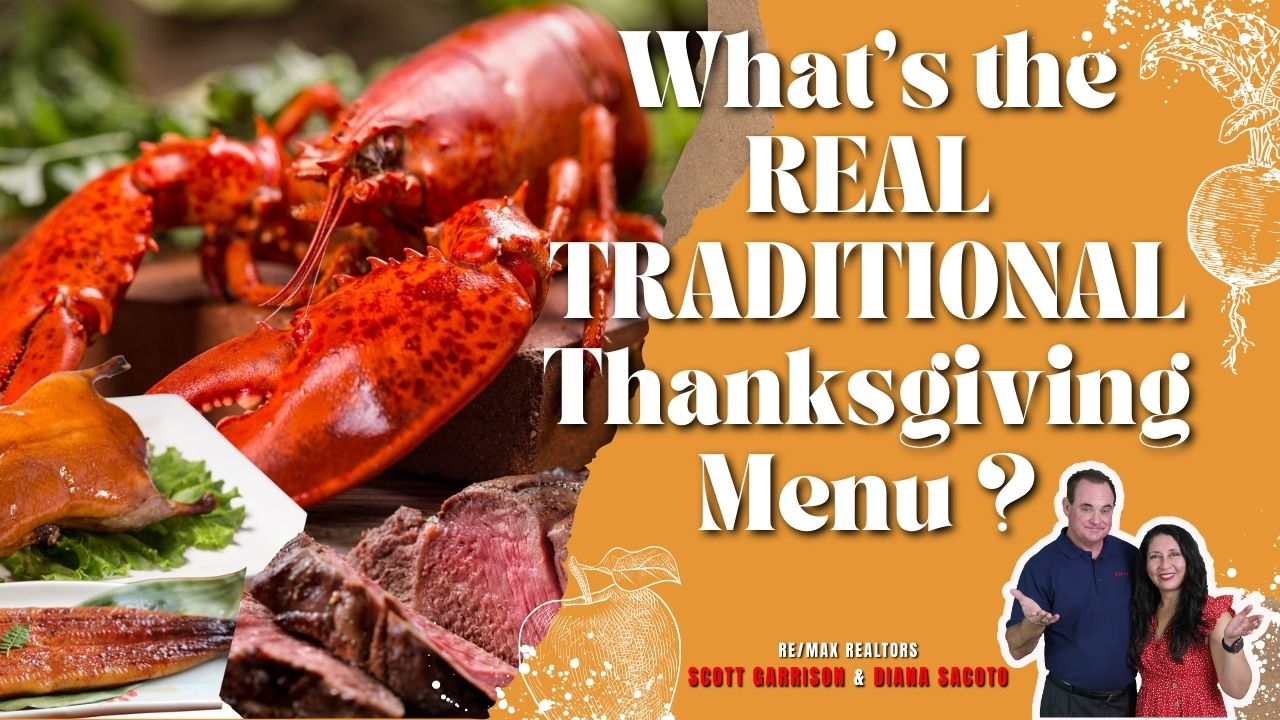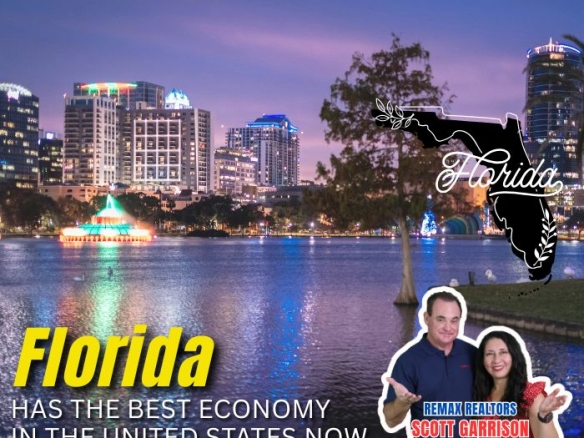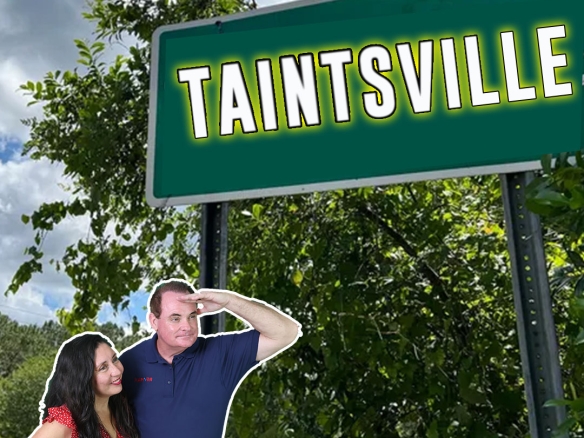What does traditional meal truly mean for this uniquely American holiday? For much of the world, Thanksgiving isn’t a custom—outside of the U.S., the holiday simply isn’t celebrated. If Thanksgiving is an American tradition, what was on the table at the very first feast?
Forget the Turkey and Mashed Potatoes
Let’s take a journey back in time to the original harvest celebration in 1621. If you were looking for turkey, cranberry sauce, or pumpkin pie, you would be sorely disappointed. The menu for the first Thanksgiving feast was wilder and far more aquatic than our modern spread.
The Pilgrims and the Native Americans who shared this multi-day feast enjoyed:
- Venison (Deer)
- Geese and Wild Duck
- SEALS (Marine life was a common food source)
- And the surprising superstars: LOBSTER and EELS!
The Role of Squanto: Seafood Stars
This unique menu was largely thanks to Squanto, the vital Native American figure who spoke English and helped the struggling Pilgrims survive their first harsh winter. Squanto introduced the newcomers to spearing eels, which quickly became a highlight of the celebration.
He also opened their eyes to the abundance of lobsters. A letter penned by Pilgrim Edward Winslow in 1622 vividly described the long feast—lasting up to five days—with lobster taking center stage. This account electrified readers back in England and began the process of cementing the harvest gathering in the historical record.
The Dessert-Free Feast
The lack of modern conveniences meant that many of our Thanksgiving staples simply did not exist yet:
- No ovens, no sugar. This ruled out oven-roasted birds and, most importantly, no pumpkin pie, or any pies or desserts at all.
- Likely no Turkey. Wild turkeys were notoriously difficult for the Pilgrims to catch, making the plentiful deer, ducks, and aquatic life more reliable food sources.
Winslow’s descriptive letter played a crucial role in transforming the 1621 Harvest Feast into the Thanksgiving we observe today. It was a celebration where lobsters and eels took the spotlight, creating a truly unique and historically distinct meal.





Join The Discussion